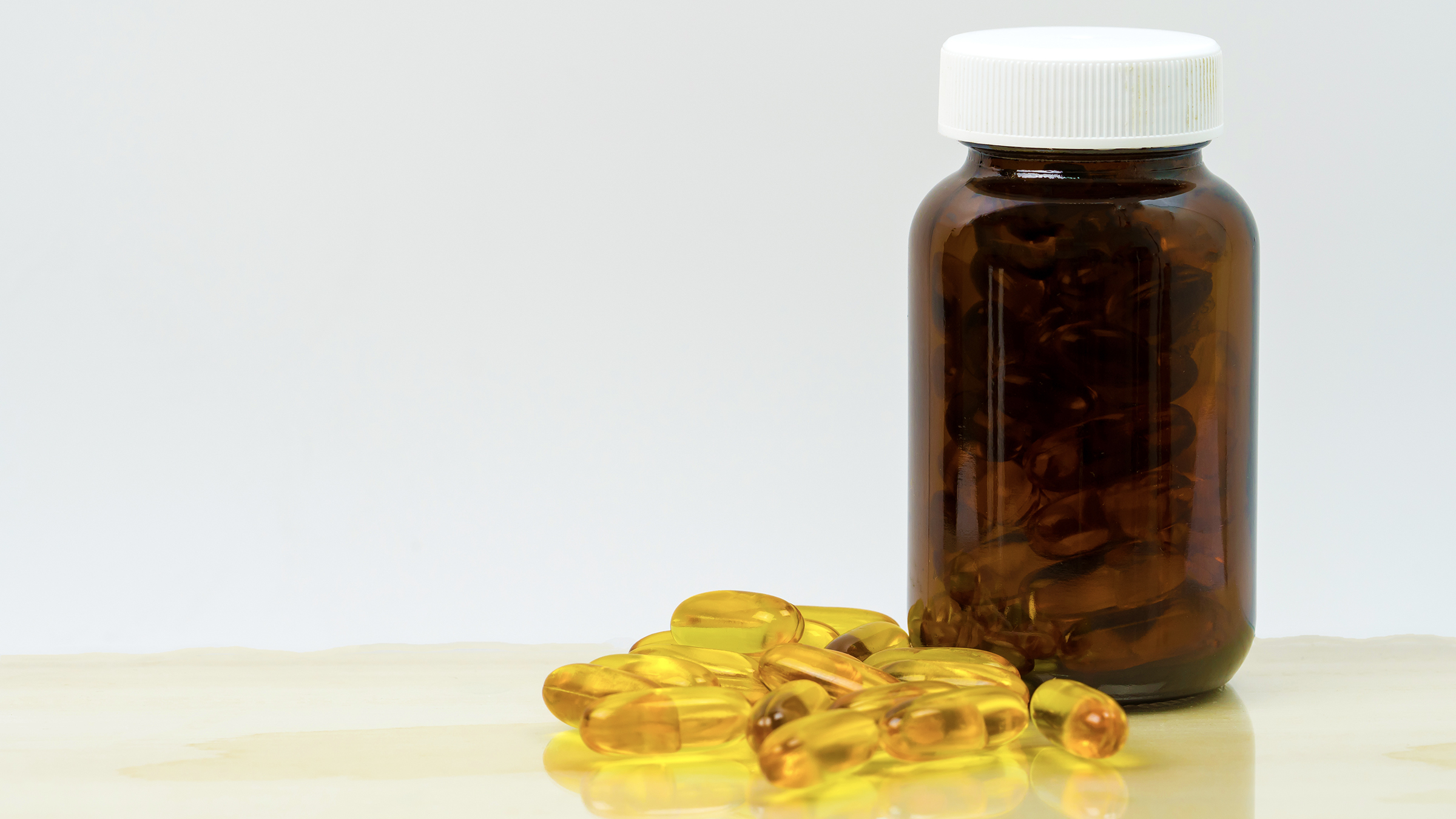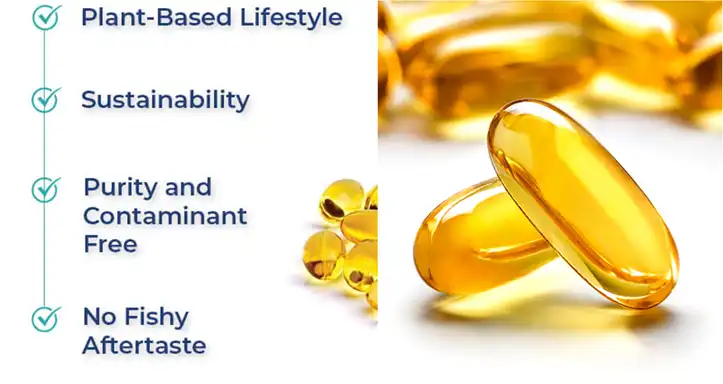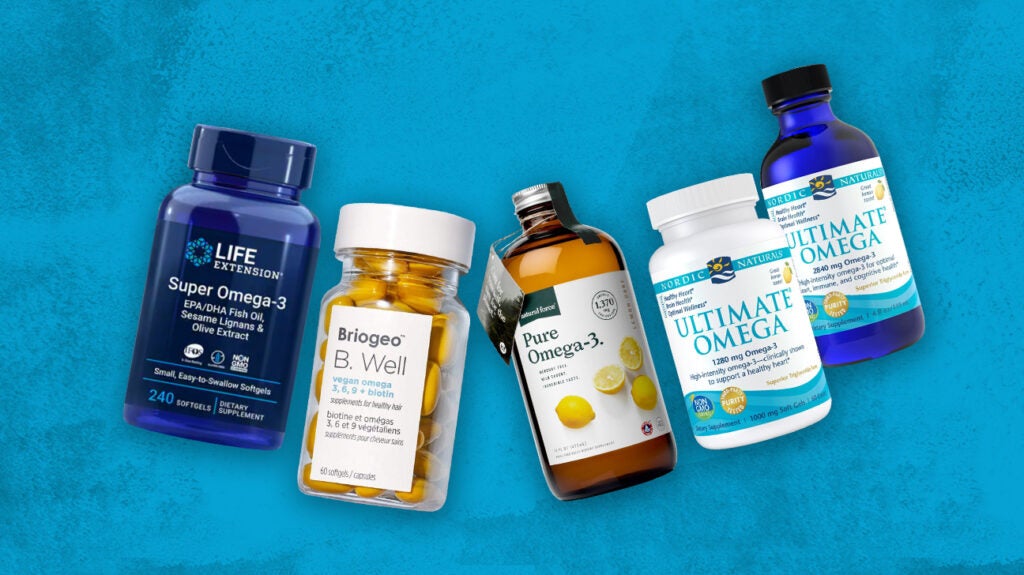Choosing the Best Eicosapentaenoic Acid Supplement
Eicosapentaenoic acid (EPA) is a crucial omega-3 fatty acid that has gained significant attention for its potential health benefits. As more people recognize the importance of EPA in their diet, the market for EPA supplements has expanded rapidly. However, with numerous options available, selecting the right EPA supplement can be a daunting task. This comprehensive guide will help you navigate the world of EPA supplements and make an informed decision about which product best suits your needs.

Key Factors to Consider in EPA Supplements
When evaluating EPA supplements, several crucial factors should be taken into account:
1. EPA Concentration: The concentration of EPA in a supplement is crucial to consider. A higher concentration of EPA means that you’ll need to take fewer capsules to reach your desired dosage, which can be more convenient and cost-effective in the long run. Always check the product label for the exact EPA content per serving to ensure it aligns with your health needs.
2. Purity and Quality: It’s essential to choose an EPA supplement that undergoes rigorous purification processes to remove harmful contaminants such as mercury, PCBs, and other toxins. Third-party testing is a key indicator of product quality and purity, ensuring that the supplement meets safety standards and delivers what is promised without harmful substances.
3. Form of EPA: EPA supplements come in several different forms, including triglycerides, ethyl esters, and phospholipids. Each form has varying bioavailability, meaning the body’s ability to absorb and utilize the EPA can differ depending on the form. Triglyceride forms are generally considered the most bioavailable, while ethyl esters may be less readily absorbed. Choose a form that best suits your absorption needs.
4. Additional Ingredients: Some EPA supplements may include additional ingredients that enhance the product’s benefits. For instance, vitamin E is commonly added to prevent oxidation and preserve the oil’s quality. You may also find supplements that contain DHA, another omega-3 fatty acid, for broader cardiovascular and brain health benefits. Ensure that these added ingredients align with your specific health goals.
5. Sustainability: If sustainability is a priority for you, seek out EPA supplements sourced from sustainable fisheries or algae-based alternatives. Algae-derived EPA options are plant-based and have a lower environmental impact compared to fish-based supplements, making them a good choice for those concerned about marine conservation.

Top-Rated EPA Supplements on the Market
While individual needs may vary, here are some highly-regarded EPA supplements that have garnered positive reviews:
1. OmegaVia EPA 500: Known for its high Vagen EPA concentration and purity, this supplement provides 500 mg of EPA per softgel. It's third-party tested and uses a triglyceride form for enhanced absorption.
2. Nordic Naturals EPA Xtra: This supplement provides 1060 mg of EPA per serving and is known for its high purity. It is sustainably sourced and features a refreshing lemon flavor, making it a great choice for those seeking both quality and environmental responsibility in their omega-3 supplement.
3. Viva Naturals Omega-3 Fish Oil: While not exclusively an EPA supplement, this product provides a balanced ratio of EPA and DHA. It's molecularly distilled for purity and comes in an easy-to-swallow softgel form.
4. Nutrigold Triple Strength Omega-3 Gold: This supplement offers a high concentration of both EPA and DHA. It's certified by the International Fish Oil Standards Program for purity and potency.
5. Sports Research Triple Strength Omega-3 Fish Oil: This supplement boasts a high Vagen EPA content and is sustainably sourced from wild Alaskan Pollock. It is also non-GMO verified, ensuring a natural, high-quality product that supports both your health and environmental sustainability, making it an excellent choice for conscientious consumers.

How to Ensure Quality in EPA Products?
To guarantee you're getting a high-quality EPA supplement, consider the following steps:
1. Check for Third-Party Testing: Reputable manufacturers often have their products tested by independent laboratories. Look for certifications from organizations like NSF International, USP, or IFOS.
2. Read the Label Carefully: Make sure the label clearly states the EPA content per serving. Be wary of products that only list total omega-3 content without specifying EPA levels.
3. Research the Manufacturer: Look into the company's reputation, manufacturing practices, and customer reviews. A transparent company will readily provide information about their sourcing and production methods.
4. Consider the Price: While cost shouldn't be the only factor, extremely low-priced supplements may indicate lower quality. Compare the price per gram of EPA rather than the price per bottle to get a true value comparison.
5. Consult with a Healthcare Professional: Before starting any new supplement regimen, it's wise to consult with a healthcare provider. They can help determine the appropriate dosage and ensure the supplement won't interact with any medications you're taking.

Conclusion
In conclusion, choosing the best EPA supplement requires careful consideration of various factors including concentration, purity, form, and additional ingredients. By taking the time to research and compare products, you can find an EPA supplement that aligns with your health goals and preferences. Remember, the goal is not just to supplement, but to supplement wisely.
If you're interested in learning more about EPA and other natural supplements, feel free to reach out to us at info@yanggebiotech.com. Our team of experts is always ready to assist you in making informed decisions about your health and wellness journey.
References
1. Calder, P. C. (2018). Very long-chain n-3 fatty acids and human health: fact, fiction and the future. Proceedings of the Nutrition Society, 77(1), 52-72.
2. Mozaffarian, D., & Wu, J. H. (2011). Omega-3 fatty acids and cardiovascular disease: effects on risk factors, molecular pathways, and clinical events. Journal of the American College of Cardiology, 58(20), 2047-2067.
3. Arterburn, L. M., Hall, E. B., & Oken, H. (2006). Distribution, interconversion, and dose response of n−3 fatty acids in humans. The American Journal of Clinical Nutrition, 83(6), 1467S-1476S.
4. Dyerberg, J., Madsen, P., Møller, J. M., Aardestrup, I., & Schmidt, E. B. (2010). Bioavailability of marine n-3 fatty acid formulations. Prostaglandins, Leukotrienes and Essential Fatty Acids, 83(3), 137-141.
5. Nichols, P. D., McManus, A., Krail, K., Sinclair, A. J., & Miller, M. (2014). Recent advances in omega-3: health benefits, sources, products and bioavailability. Nutrients, 6(9), 3727-3733.
Send Inquiry
Related Industry Knowledge
- what is blue spirulina powder good for?
- what is the difference between blue and green spirulina powder?
- Best Glutamine Powder Health Benefits
- Effects of Creatine Tablets in Different Forms
- Is Mushroom Supplement for Weight Loss Effective
- Laminaria Digitata Extract: Algae Skin Benefits
- The Difference Between Chelated Zinc and Zinc Picolinate
- Blue spirulina smoothie
- what are the benefits of drinking chlorophyll everyday
- Choosing the Best Eicosapentaenoic Acid Supplement


